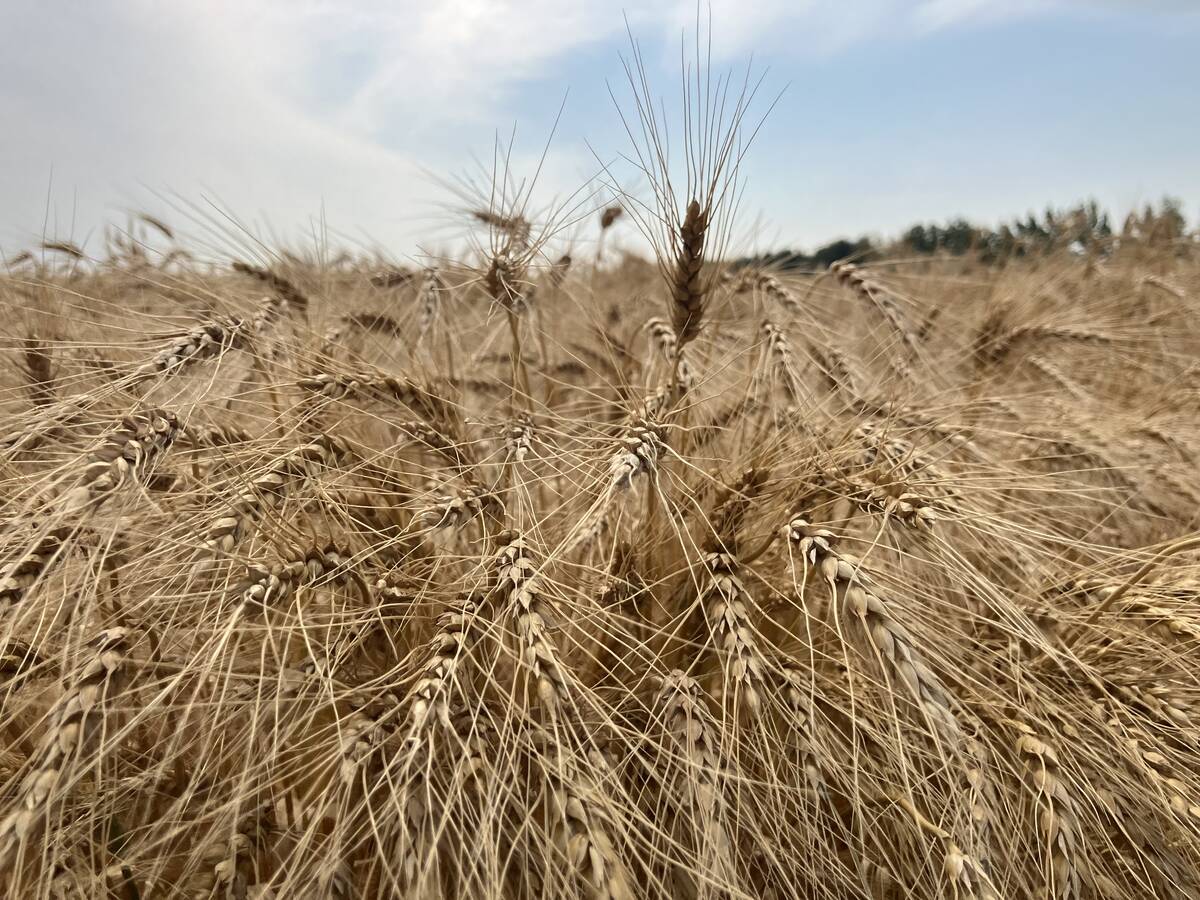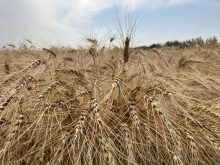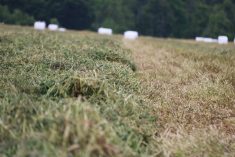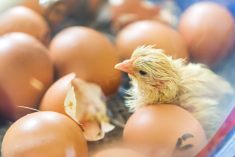Canadian pulse growers are missing out on some major opportunities in China because they’re not always supplying what that market wants, according to Pulse Canada past chair Barry Grabo.
Grabo was a member of a recent delegation of pulse growers and officials who toured China – and he says the trip was an eye-opener.
“I think the potential there is unlimited,” the Strathmore-area pulse grower told a recent joint meeting of the Alberta Pulse Growers and the Alberta Canola Producers Commission.
Read Also

Prairie spring wheat looks like a bumper crop
Canada will likely set a new record for spring wheat yields this year, topping the previous mark of 54.1 bushels/acre – set in 2020
But Grabo said China has some very specific requirements – and Canada isn’t always meeting them.
For example, the Chinese want a large pea with an increased amount of starch. However, the Canadian pulse industry has been decreasing seed size and starch content of pulses.
“We’re breeding for smaller seed size because of seed cost,” said Grabo.
“Yet that’s not what our market wants at all. Our market wants bigger-size peas and if not bigger, then at least uniform. Now we have varieties that are bigger and varieties that are smaller and we mix them up, and when they go to soak them to begin the extraction process, the soak time isn’t the same for all these different-size peas and it really causes them problems.”
Grabo, who was still Pulse Canada chair at the time, represented the Alberta Pulse Growers and travelled with four other pulse growers, a researcher from the Crop Development Centre in Saskatoon, and a delegate from Pulse Canada. The tour started in Beijing and continued to Qingdao, an hour and a half south of Beijing by air. The Chinese use large amounts of pulses in their vermicelli, a type of noodle, and in many snack foods.
“We’d have more peas there if it wasn’t for the selenium issue, and hopefully that will get resolved fairly quickly,” Grabo said.
Emerging middle class
In addition to being able to hear first hand what Chinese pulse buyers want, the group also gained a better appreciation of the market potential. Grabo said he was struck by the growth of the middle class.
“Once people’s income hits the equivalent of about $3,000 per year, people can think about buying stuff based on health and nutrition,” Grabo said. “There are more and more people that have reached that level of income, so they do make decisions based on health.”
The Chinese also have a strong upper class, as there are 30 million Chinese with incomes higher than $60,000 per year, said Grabo.
Alberta Pulse Growers executive director Sheri Strydhorst travelled to China with an Alberta delegation in August and met with officials from nine Chinese pulse companies, including ones serving the Korean and Japanese markets. These companies want high-quality peas, which presents opportunities for Canadian pulse producers.
“We can sell into those niche markets for the buyers who want the high quality that we can supply,” she said. “There’s a lot of competition for the Chinese market from the U.S. and Australia.”
Buyers in China were aware that Saskatchewan grows pulses, but did not know Alberta was too, Strydhorst said.
“It’s important that we were there to show them that there is a pulse industry in Alberta,” she said.
Her delegation promoted the value of Canadian pulses in vermicelli noodle production.
“That’s really the main way that peas are used in China,” she said. “They only need 2.4 tonnes of Canadian peas to make one ton of vermicelli noodles. If they’re using Chinese-grown peas, it’s 2.6 tonnes. It’s obvious why they’re picking the Canadian peas.”
When the selenium issue is eliminated, more doors will be open, said Strydhorst. The starch components of a pea do not have selenium in it.
“That’s how we’re able to get around the barriers that the Chinese government has in place,” she said. “The protein fraction can’t be used in China right now. Once the selenium maximum level is eliminated, that will open all those opportunities. Right now, our peas can’t get into those markets.”
———
“We’rebreedingfor smallerseedsizebecause ofseedcost.Yetthat’s notwhatourmarket wantsatall.”
BARRY GRABO















